It is hard to overstate the effect Overwatch has had on gaming as a whole. The game was one of the rare titles that successfully mixed two audiences: those who were interested in a fresh take on first-person shooters, and those who were brought in by the colorful characters and the promise of a bright future. The tale of Tracer and her fellow heroes cemented Blizzard Entertainment’s role as a world-maker, a team of legendary creatives who simply could not miss.
As beautiful and beckoning as that bright future was, it hid a troubled present. Despite Overwatch’s monumental success in the game industry and within its community, allegations of workplace harassment and discrimination sprung up like a plague at Blizzard, though the world wouldn’t know about them until much, much later. For every high the game and its team hit, a low lurked around the corner, many of which showcased the difficulties inherent in running a live service game and keeping its fan base interested and engaged.
Now, six years after the original Overwatch, Blizzard is ready to move on with Overwatch 2, promising a rebuilt structure, fresh updates, and a bright future. In celebration of how far the franchise has come—and in reflection of the places it could have improved—we’re taking a look at the highs and lows of Overwatch, a title that will go down in history as a true video game powerhouse.
The Overwatch cinematic trailer: Nov. 7, 2014
Functioning as both an announcement and a promise of things to come, this cinematic trailer was the first real glimpse at what Overwatch would be. It introduced a handful of the game’s heroes and its dazzling world through the eyes of two ordinary kids. The visual fidelity and voice acting in the trailer were movie-quality, a step forward for even Blizzard.
Watching the cinematic trailer was the first time I really took note of Overwatch. Having grown up playing primarily Nintendo games, I had little knowledge of Blizzard and its franchises. In high school, I had heard the title “Overwatch” thrown around a few times, but I wasn’t really interested in it.
The trailer proved to me that not all first-person shooters had to be dark, militaristic, and bloody. I was immediately captivated by Overwatch’s heroes, its conflicts, world, and especially its sense of hope. From that point on, I made it my business to read as much as I could about the game. I was too late to get into the beta, but as soon as the game officially launched, I bought the hardcover version of the Origins Edition.
I never looked back.
Seasonal events: Aug. 2, 2016, and Oct. 11, 2016
Any strong live service game needs community-rallying events, and Overwatch was no exception. The game launched on May 24, 2016, and it received its first event, Summer Games, on Aug. 10. The event was based around the 2016 Summer Olympics in Rio de Janeiro. Players could try out the new Lúcioball mode, unlock sporty skins, and open plenty of loot boxes, the latter of which remained a controversial topic thanks to connotations of gambling and the presence of in-game purchases in a full-price AAA game.
The success of Summer Games came in the form of community support more than anything. By this time, legions of players around the world had gotten the chance to try out the game, which quickly developed an enormous fanbase. You couldn’t browse any social media platform without coming across Overwatch fan art, cosplays, memes, discussions, and more. At the time, it felt like the entire world was playing the same game; it was a remarkably unified community.
Overwatch’s seasonal events didn’t end once Summer Games wrapped up. Only a few months later, Blizzard introduced Halloween Terror, a three-week event that started in mid-October and ran until early November. Like Summer Games, Halloween Terror introduced new cosmetics and a new mode—but this time, the latter wasn’t the usual player-vs-player fare. Instead, the mode, called Junkenstein’s Revenge, was a player-vs-enemy mode.
Junkenstein’s Revenge proved Overwatch could support other kinds of gameplay besides multiplayer PvP. The support for this event and a similar PvE mode that debuted during the Uprising event would go on to form the basis for Overwatch 2’s story PvE mode, a supposedly essential part of the experience that will be launching sometime in 2023. Only time will tell whether it retains the shine of Junkenstein’s Revenge.
The Overwatch League: 2018 – 2022
Almost as soon as Overwatch was released, players were asking about esports potential. With its six-vs-six format and wide variety of potential strategies, the game seemed to be tailor-made for an esports scene. In response, Blizzard developed the Overwatch League, a worldwide professional circuit, from the ground up.
With teams based around specific cities—including Boston, New York, Shanghai, Seoul, and more—one of the league’s goals was to make “the first truly global professional esports league.” Blizzard wanted players from around the world to have a home team to cheer for, with the goal of OWL teams one day becoming household names.
While the OWL started strong with the full support of Blizzard behind it, things began to falter over the years. The league was plagued by a handful of scandals, most notably xQc’s suspension from the Dallas Fuel after he used Twitch emotes in a racially disparaging way. The Fuel ended up releasing him from the roster.
Even after the scandals cleared out, the league just wasn’t getting as much viewership as it used to. As of 2021, it has yet to hit the viewership heights it reached in its inaugural season. Many have also criticized the league’s structure, which has expanded considerably since it began and now includes a variety of off-season tournaments and worldwide showdowns. Dealing with scandals is perhaps still preferable to viewers losing interest in an esports scene.
The release of Pink Mercy and the BCRF charity fund: May 8, 2018
In early May of 2018, Blizzard made a surprise announcement: the developer would be partnering with the Breast Cancer Research Foundation to raise money for breast cancer research. To support donations, the team released a pink Mercy skin known, simply enough, as Pink Mercy. Players could purchase the skin for $15, which would go to charity.
The campaign was a massive success, with Blizzard revealing later in 2018 that the developer raised more than $12.7 million for BCRF, more than any other corporate donor within one year. Players loved the skin, which gave the support hero twin pigtails, a ribboned staff, and a bright pink dress with matching wings. It was hard not to love it, especially when your donation was going to charity.
Jeff Kaplan resigns and leaves Blizzard: Apr. 20, 2021
From the very beginning, game director Jeff Kaplan acted as the face of Overwatch at Blizzard. He appeared in prerecorded developer updates, participated in Reddit “Ask Me Anything” sessions, and made appearances at BlizzCon in the name of the game. He was funny, smart, and, more than anything, personable. Rather than feeling like a stiff PR mouthpiece, listening to Kaplan speak was like talking to a friend about game design.
On Apr. 20, 2021, Kaplan resigned as game director and left Blizzard altogether. Taking his place was Aaron Keller, another founding member of the Overwatch development team. After the announcement, Kaplan shared a heartfelt post on the official Overwatch subreddit where he thanked the community for their involvement over the duration of his time working on the game.
After he left, the franchise entered a rather dark period of silence. Fans were concerned about the future of the franchise and whether the game would be able to continue on in the same way after losing its director. On Mar. 10, 2022, Keller finally shared a developer update of his own that explained the future of Overwatch 2 in greater detail, but by then it was too late for some fans.
Activision Blizzard sued by the state of California for workplace harassment: Jul. 21, 2021
In perhaps one of the most horrifying scandals to ever hit the game industry, Overwatch’s parent company Activision Blizzard was sued by the state of California for poor workplace conditions. In particular, the lawsuit cites a “‘frat boy’ workplace culture” that demeaned and sexually harrassed women. The lawsuit also alleges women were paid less for performing the same jobs as men and that they were less likely to be promoted.
The lawsuit showed fans and the entire world what may have been happening behind the scenes at a company that was previously held up as a sterling example within the game industry. An Activision Blizzard female employee died of suicide following her relationship with a male supervisor after the supervisor allegedly shared explicit photos of her. Former Blizzard producer Stephanie Krustick alleged that she had bags of breastmilk stolen from employee fridges. Many employees have come forward since then with similar stories of horrible treatment while working at the company.
As a result, employees at Blizzard studios across the country exercised their rights at every juncture. Quality assurance workers at Raven Software, an Activision Blizzard subsidiary, became the first game workers in the U.S. to unionize. Employees staged walkouts while calling for disgraced CEO Bobby Kotick to step down. The Overwatch development team renamed the Wild West hero Jesse McCree to Cole Cassidy after Blizzard level designer Jesse McCree, who was the inspiration for the hero’s name, was let go following allegations that he was a member of the company’s “Cosby Suite.”
These actions tore many fans away from Overwatch, with some refusing to ever play a Blizzard game again. For huge numbers of fans, the magic of a game like Overwatch can never be separated from the horrible work environment that Activision Blizzard actively supported.
The lawsuit is still in progress, and it remains to be seen what the result will be.
The potential acquisition of Activision Blizzard by Microsoft: Jan. 18, 2022
Almost as shocking as the California lawsuit was the announcement of Microsoft’s intent to purchase Activision Blizzard in January of the following year. In a press release issued during the announcement, Microsoft shared that it planned for the acquisition to expand its gaming business across multiple platforms, including the metaverse.
While Microsoft and Xbox head Phil Spencer haven’t revealed everything they plan to do upon acquiring the company, it’s staggering to think of exactly what this will mean for both companies. Many were hopeful that this would be the beginning of a fresh start for Activision Blizzard, particularly as Kotick agreed to step down once the deal goes through.
Speaking of which, it’s worth noting that although all parties are publicly confident that the deal will go through, it hasn’t done so quite yet. The merger is currently being investigated by both the Federal Trade Commission in the U.S. and the Competition and Markets Authority in the U.K. to ensure it doesn’t erase competition and promote monopolization in the game industry. As of writing, both investigations are ongoing, meaning nothing is certain.
As this retrospective makes obvious, Overwatch has a complicated history. Many believe it isn’t possible to see the game without seeing the work of those who suffered under Activision Blizzard’s supposedly oppressive work environment; others still see it as a beacon of the future, a brighter future we can all strive toward.
In preparation for Overwatch 2’s release on Oct. 4, the Overwatch servers are shutting down permanently 27 hours before the new game launches, making Sunday, Oct. 2 the last day you can play the first game. Overwatch will become a closed book, a finished story in Blizzard’s history.
I harbor complex feelings toward Overwatch. As a game designer myself, I understand what a triumph it is to make something so incredible, so wide-reaching, so welcoming to so many people. Overwatch was the game that made me want to pursue games professionally, and I will never forget that, nor will I ever forget being a part of its incredible community. I believe it’s the closest any game has ever gotten to making a space where everyone is welcome.
On the other hand, it is impossible to separate the game from the studio that made it. Although development teams are made up of many individuals who create a cohesive whole together, it’s likely they were mixed in with some very, very bad apples. I hope that the Microsoft acquisition and Bobby Kotick’s impending departure will make things better for everyone.
On a much more surface level, I hope Overwatch 2 is able to effectively carry the torch forward. I hope that it builds on the original while charting a new path of its own forward with new heroes, new stories, and new developers at the helm.
I plan to play on Overwatch’s last day of life, if for nothing else than to say one last goodbye to what was undeniably a formative experience for me. You can’t play Overwatch without being inspired in some way, and I hope that players use that inspiration as a force for good as members of the community in the coming weeks, months, and years.
After all, the world could always use more heroes.
Update Sept. 29 11:19am CT: Activision Blizzard provided the following statement to Dot Esports about the ongoing California Department of Employment and Fair Housing Lawsuit: “No court has ever found the DFEH’s allegations to be true. The DFEH filed its allegations without completing its investigation and failed to follow its own investigative requirements and conciliation procedures. Our commitment has always been to a workplace that is inclusive and safe.” This article has been updated to reflect this information.


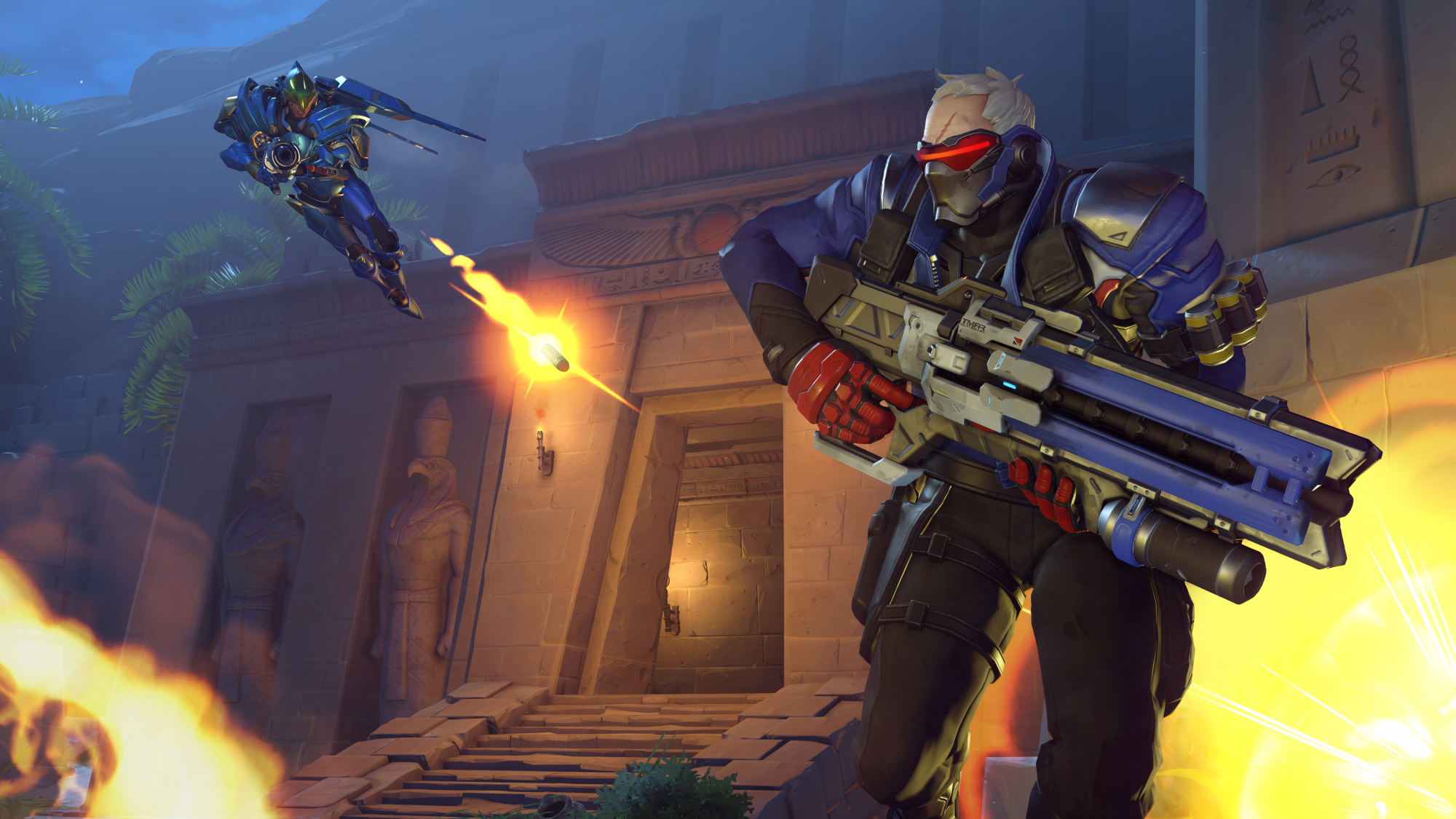
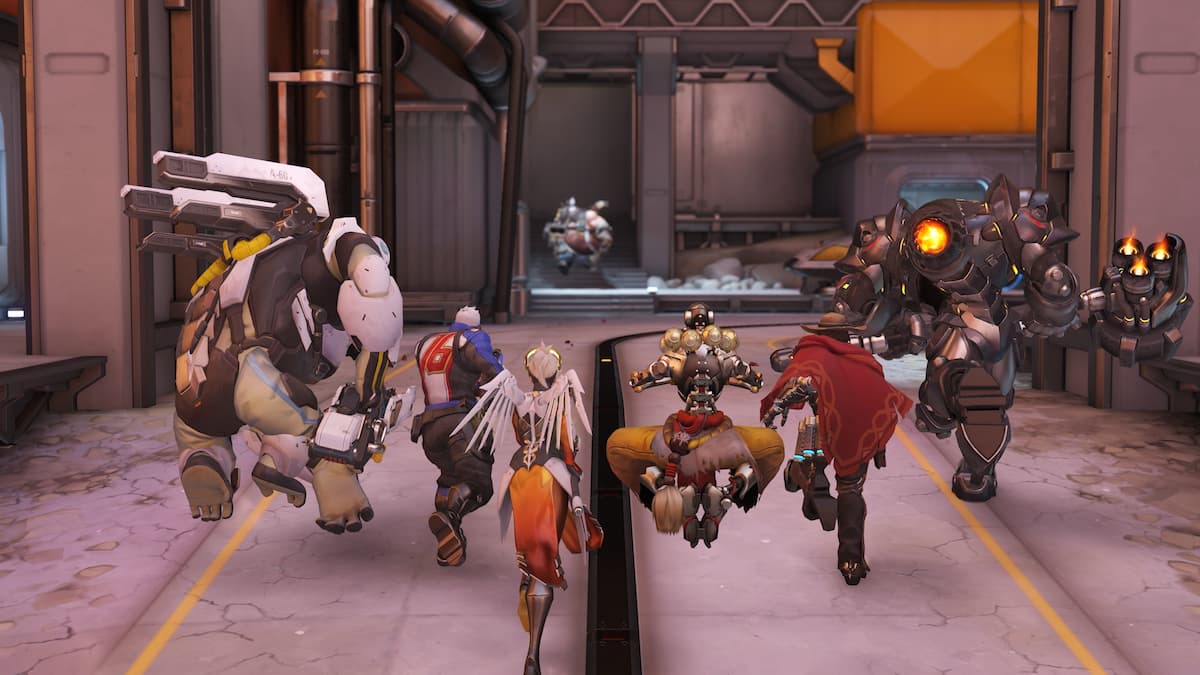

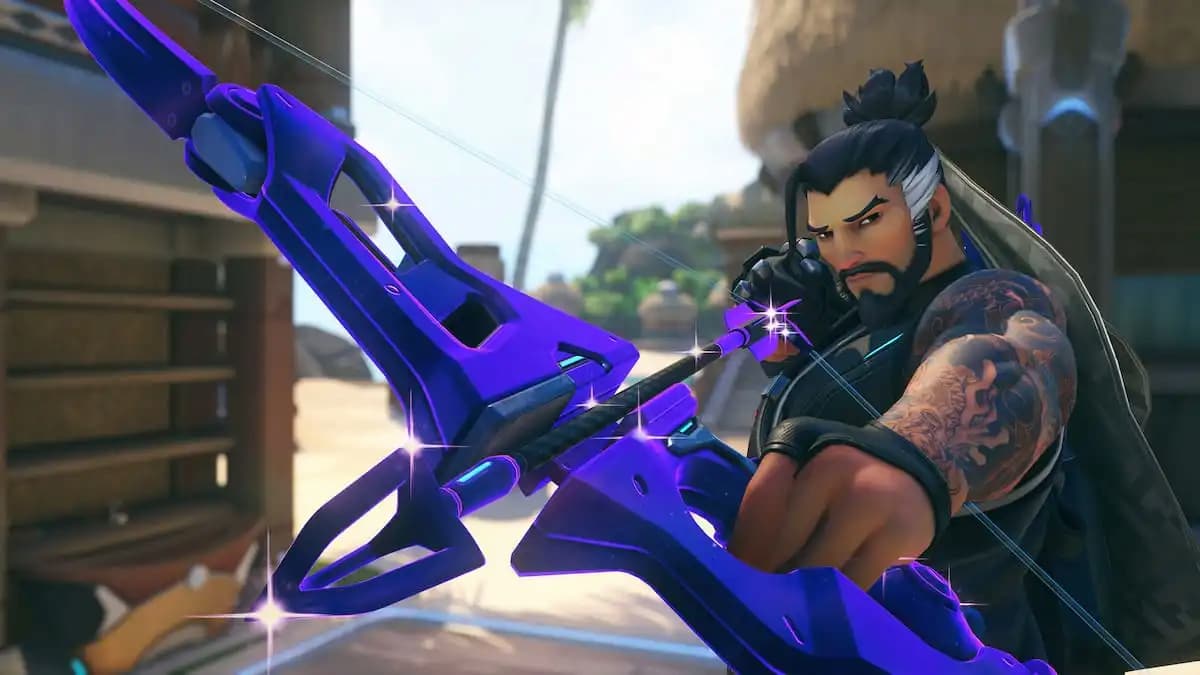

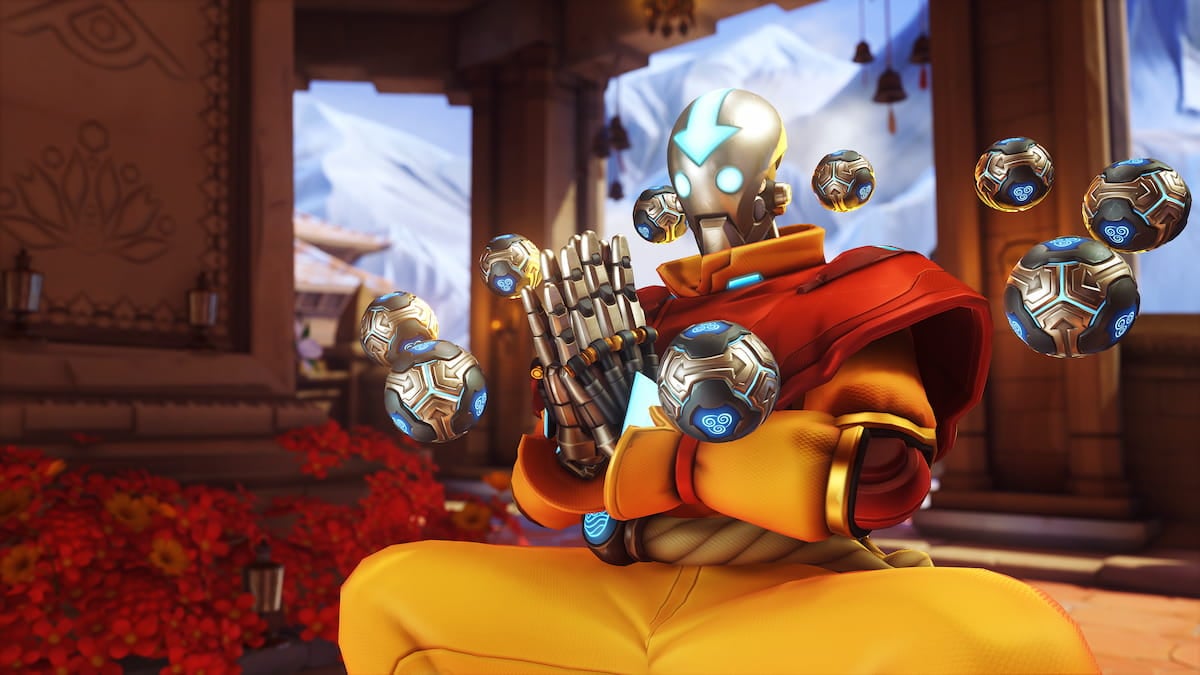

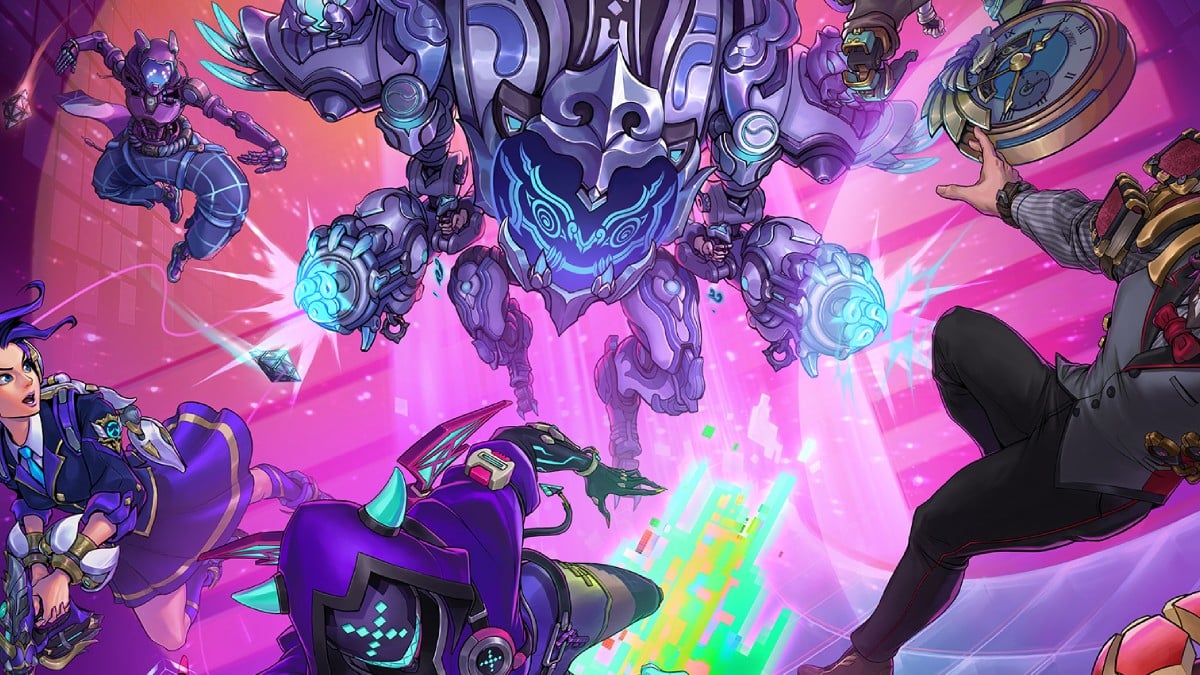
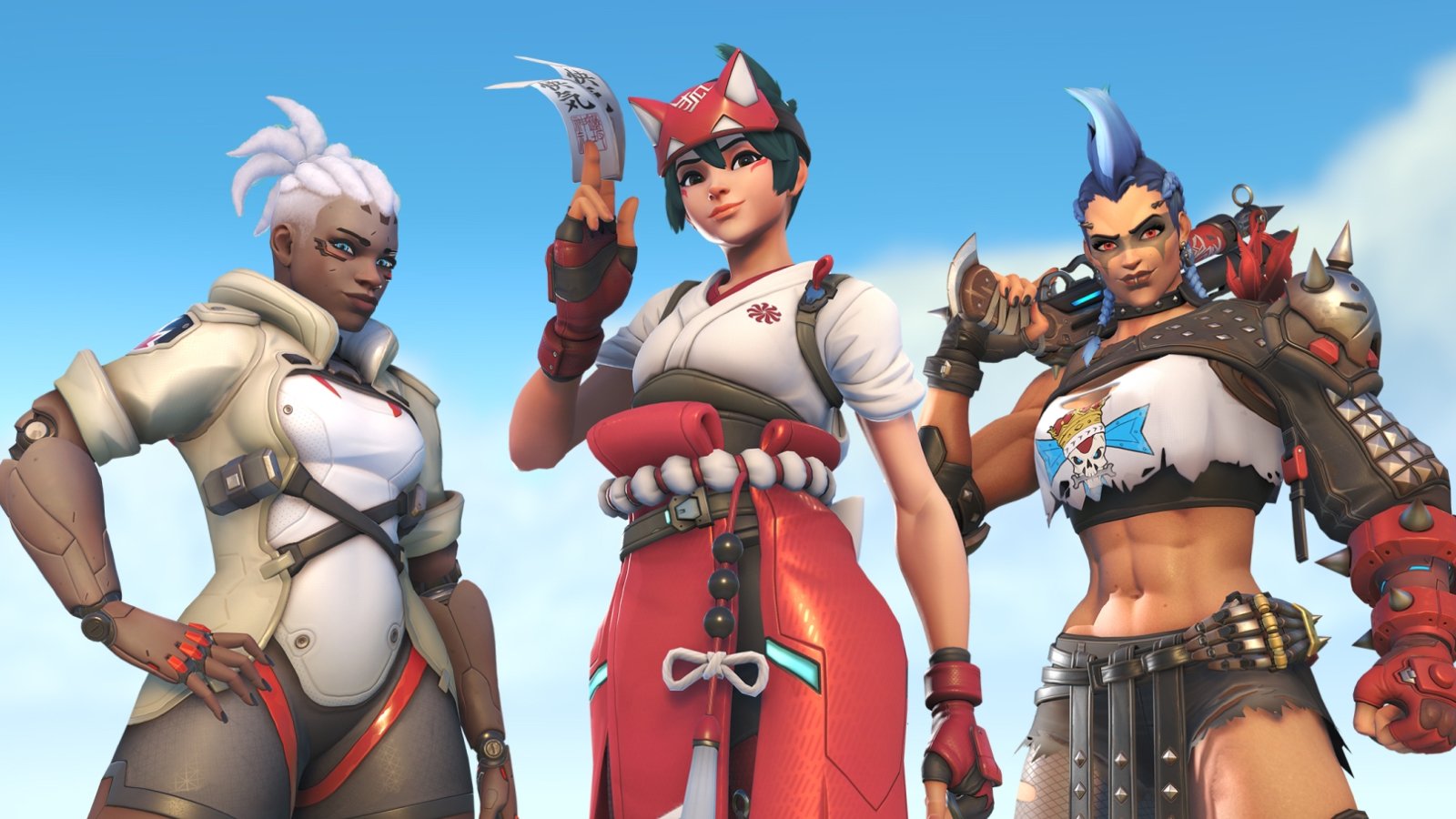
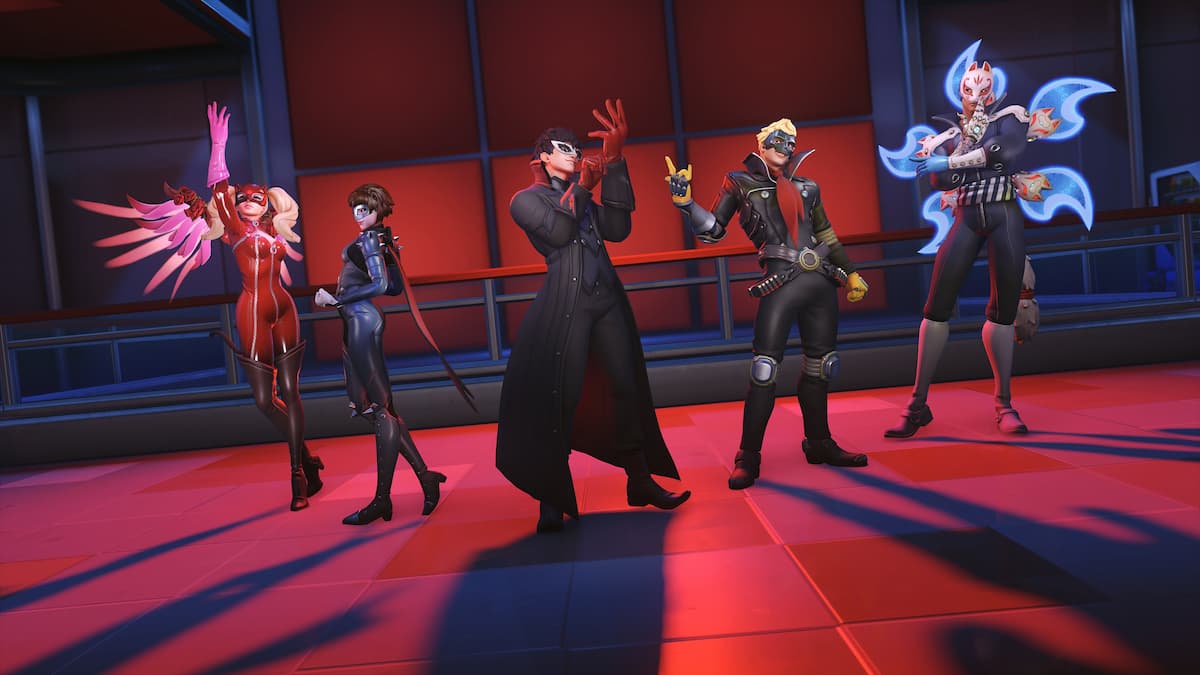
Published: Sep 28, 2022 06:51 pm